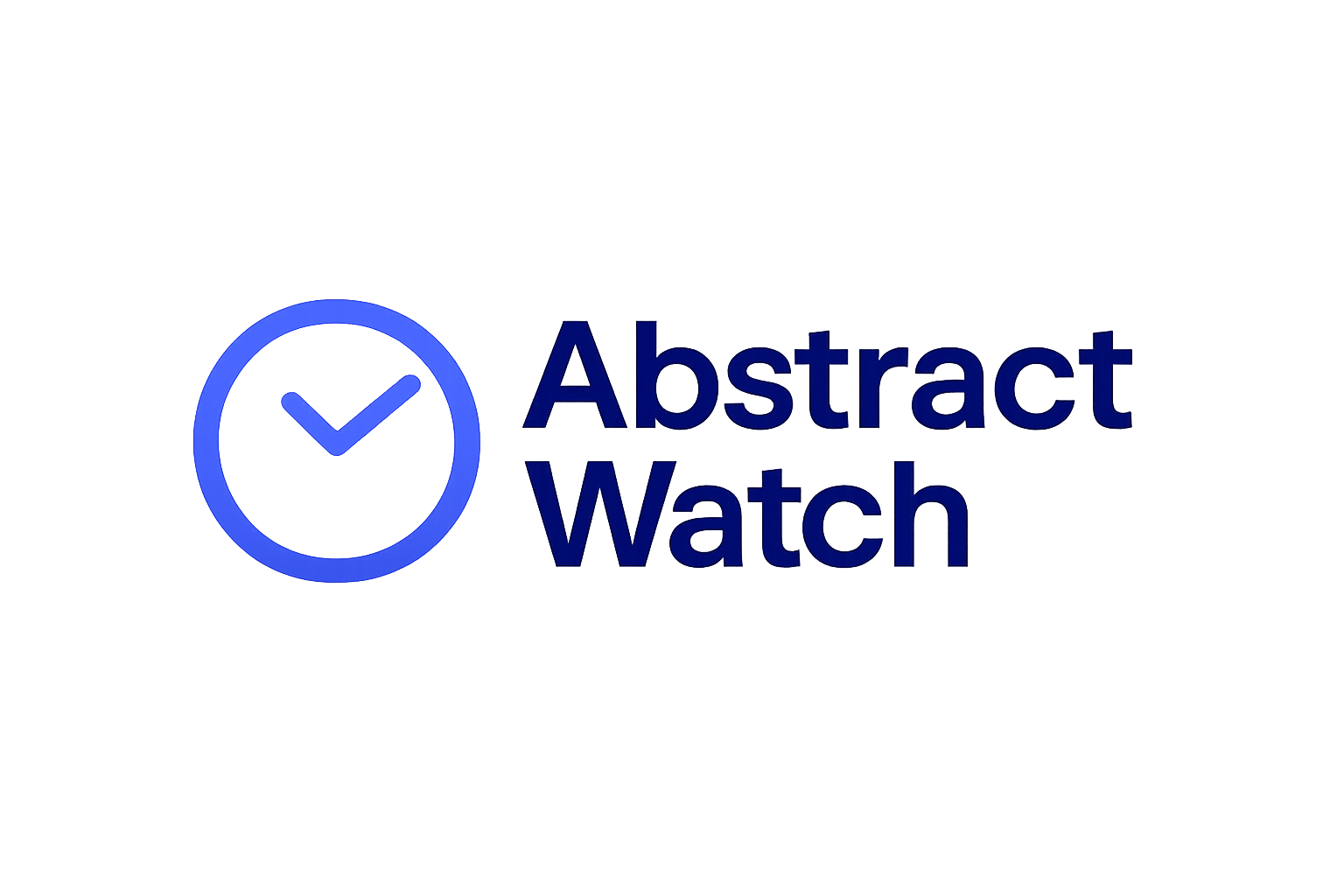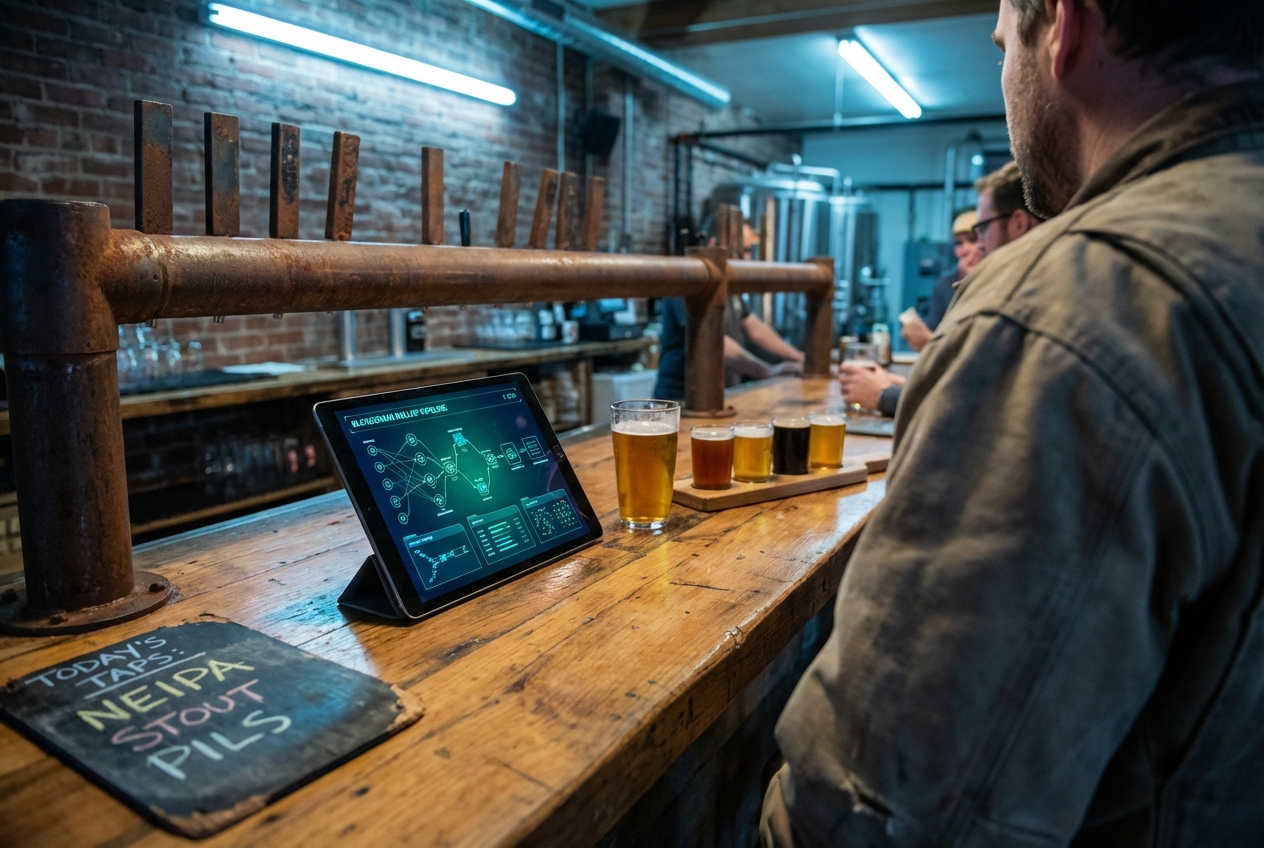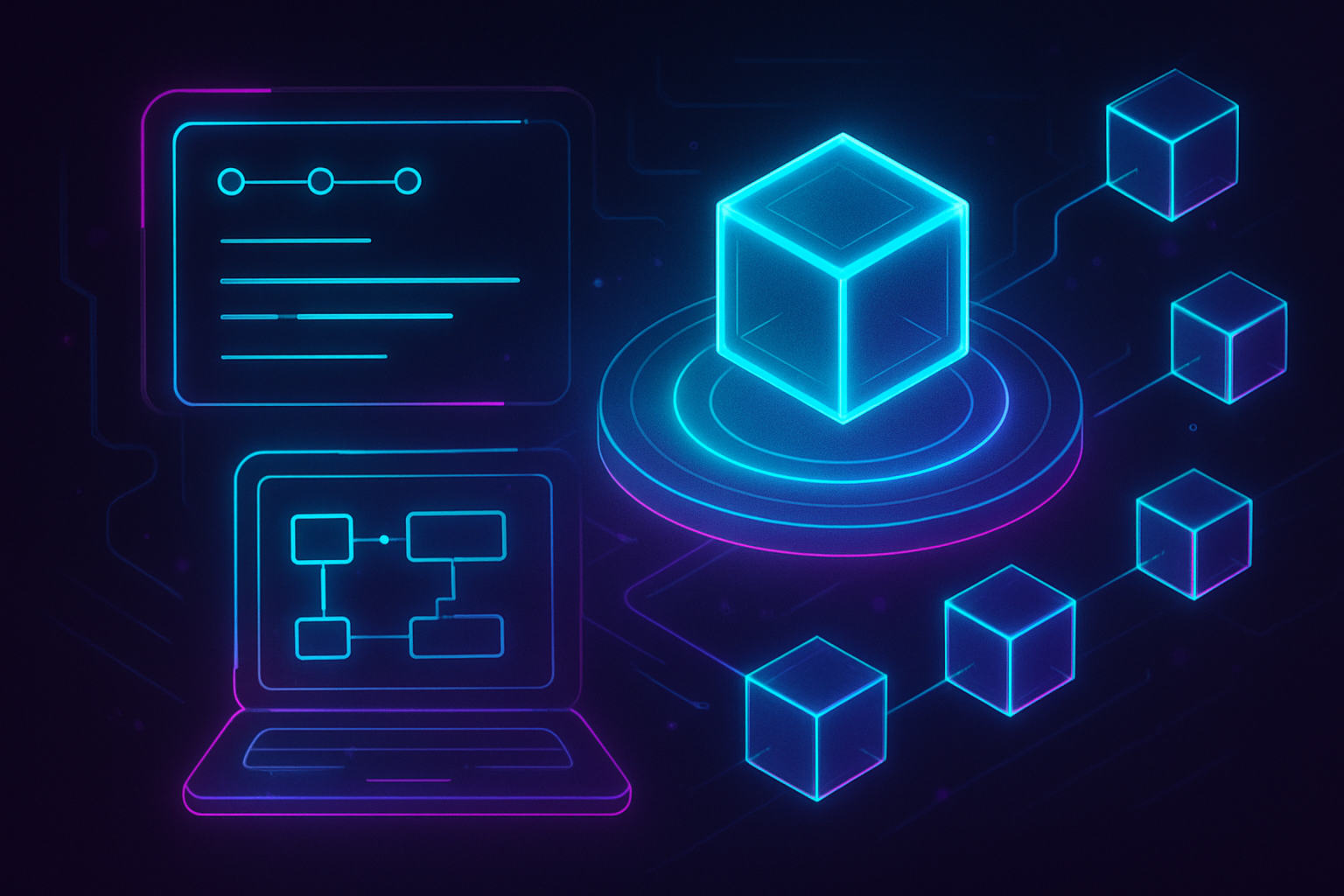
For blockchain developers, the landscape of custom app-chain deployment has shifted dramatically in 2025. The emergence of no-code rollup-as-a-service (RaaS) platforms is reducing friction, empowering teams to launch scalable, secure, and highly customizable blockchains in minutes rather than months. This paradigm shift is not just about speed; it’s fundamentally transforming who can build blockchain infrastructure, how quickly they can iterate, and the level of innovation possible within the ecosystem.

No-Code Rollup Deployment: Breaking Down Barriers
Historically, deploying a custom blockchain or app-chain required deep technical expertise. Developers faced significant hurdles: complex protocol engineering, infrastructure setup, security audits, and ongoing maintenance. Now, no-code RaaS solutions such as Asphere’s deployer and Instanodes’ platform offer intuitive dashboards and pre-configured templates that abstract away these complexities (see sources from Ankr and Instanodes). The result is a democratization of blockchain development, projects with limited resources or non-traditional teams can participate in building next-generation decentralized applications without hiring specialized protocol engineers.
This trend is accelerating adoption across verticals. For instance, Asphere’s no-code deployer allows users to customize data availability layers, gas tokenomics, and select between frameworks like Polygon CDK or zkSync’s ZK Stack, all via an easy-to-use interface. According to recent market analysis, this user-centric approach is enabling both startups and enterprises to launch high-performance rollups tailored to their unique business models.
Key Advantages for Blockchain Developers
Top Features of Leading No-Code RaaS Platforms
-
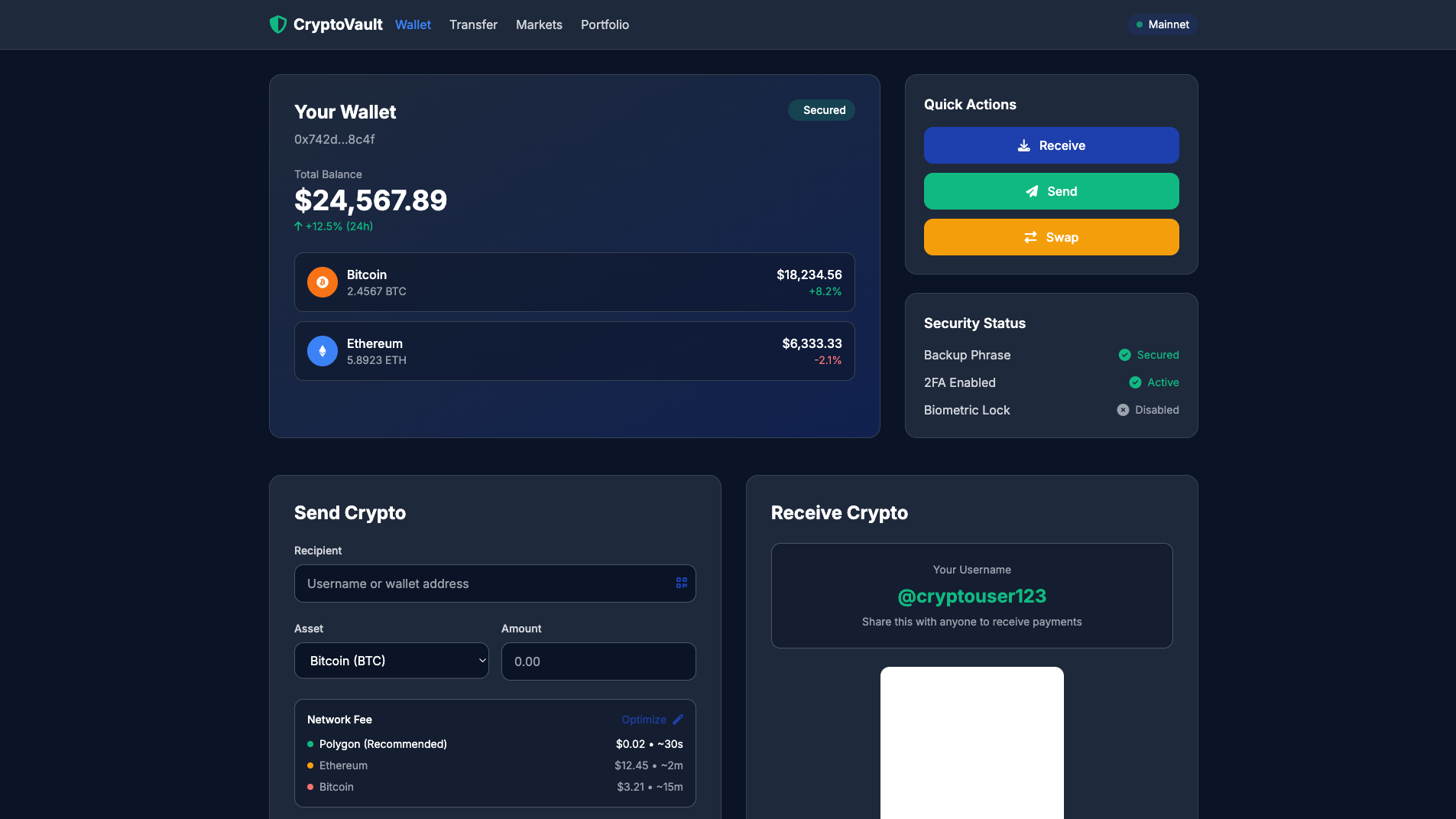
Intuitive No-Code Deployment Interfaces: Platforms like Asphere and Instanodes provide user-friendly dashboards, enabling developers to launch custom rollups in minutes without deep coding expertise.
-
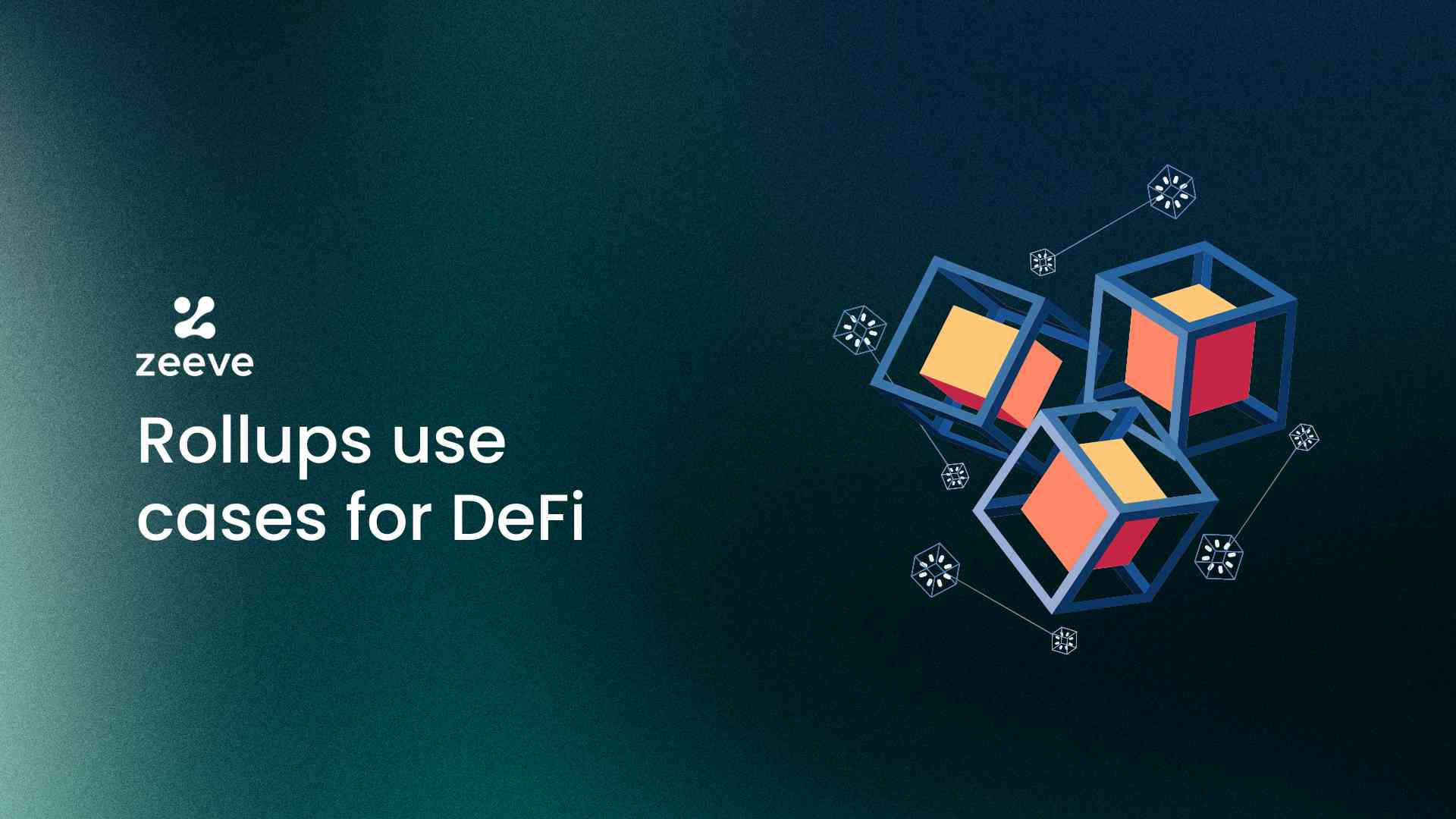
Advanced Customization Options: Leading providers allow users to tailor their rollups by selecting frameworks (e.g., Optimistic or zk-Rollups), data availability layers, and gas token configurations—offering flexibility for diverse use cases.
-
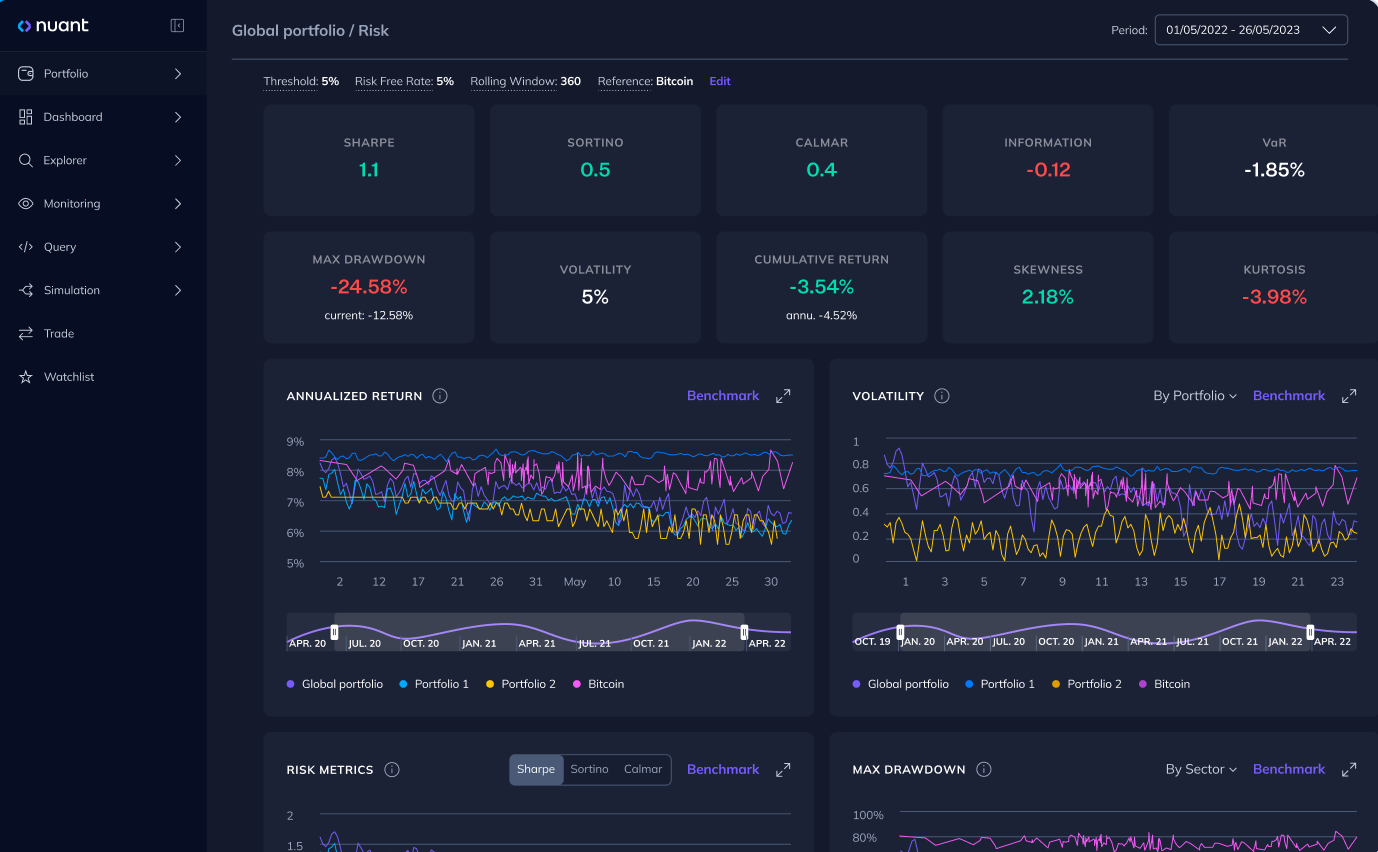
Integrated Infrastructure Management: Solutions such as Instanodes and Gateway.fm’s Presto handle sequencers, verifiers, monitoring, and scaling, ensuring robust performance and security out of the box.
-
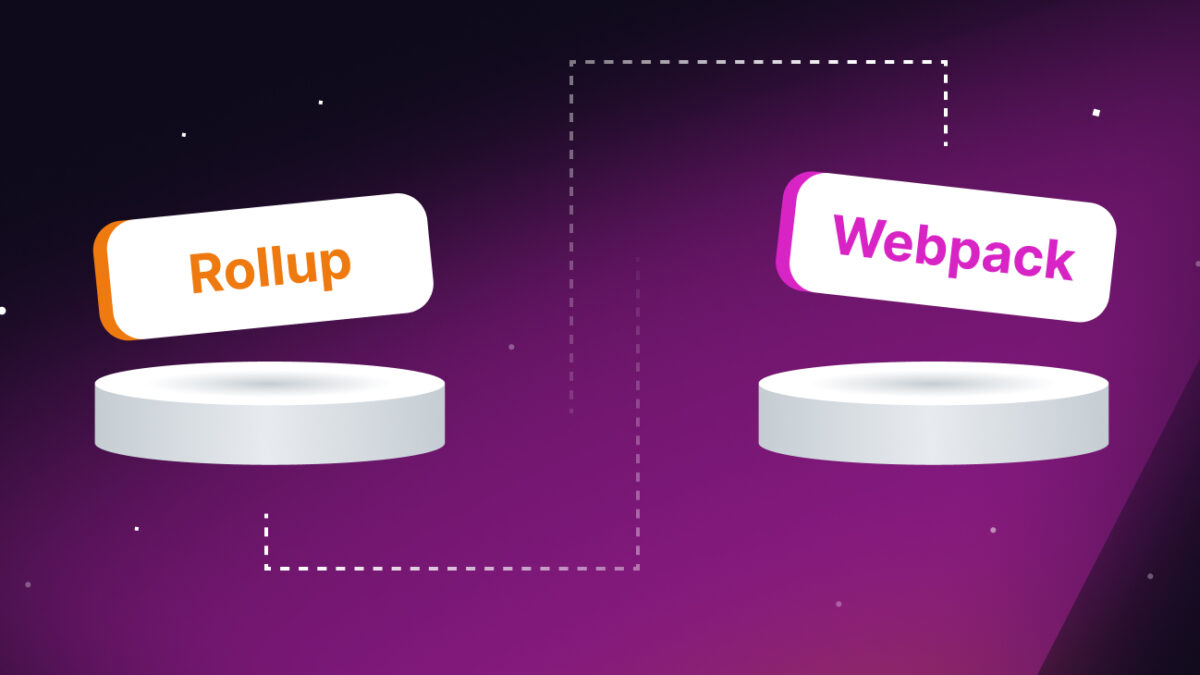
Multi-Framework and Ecosystem Support: Platforms support deployment on major frameworks and ecosystems, including Polygon CDK, zkSync ZK Stack, Arbitrum, and OP Stack, facilitating broad interoperability.
-
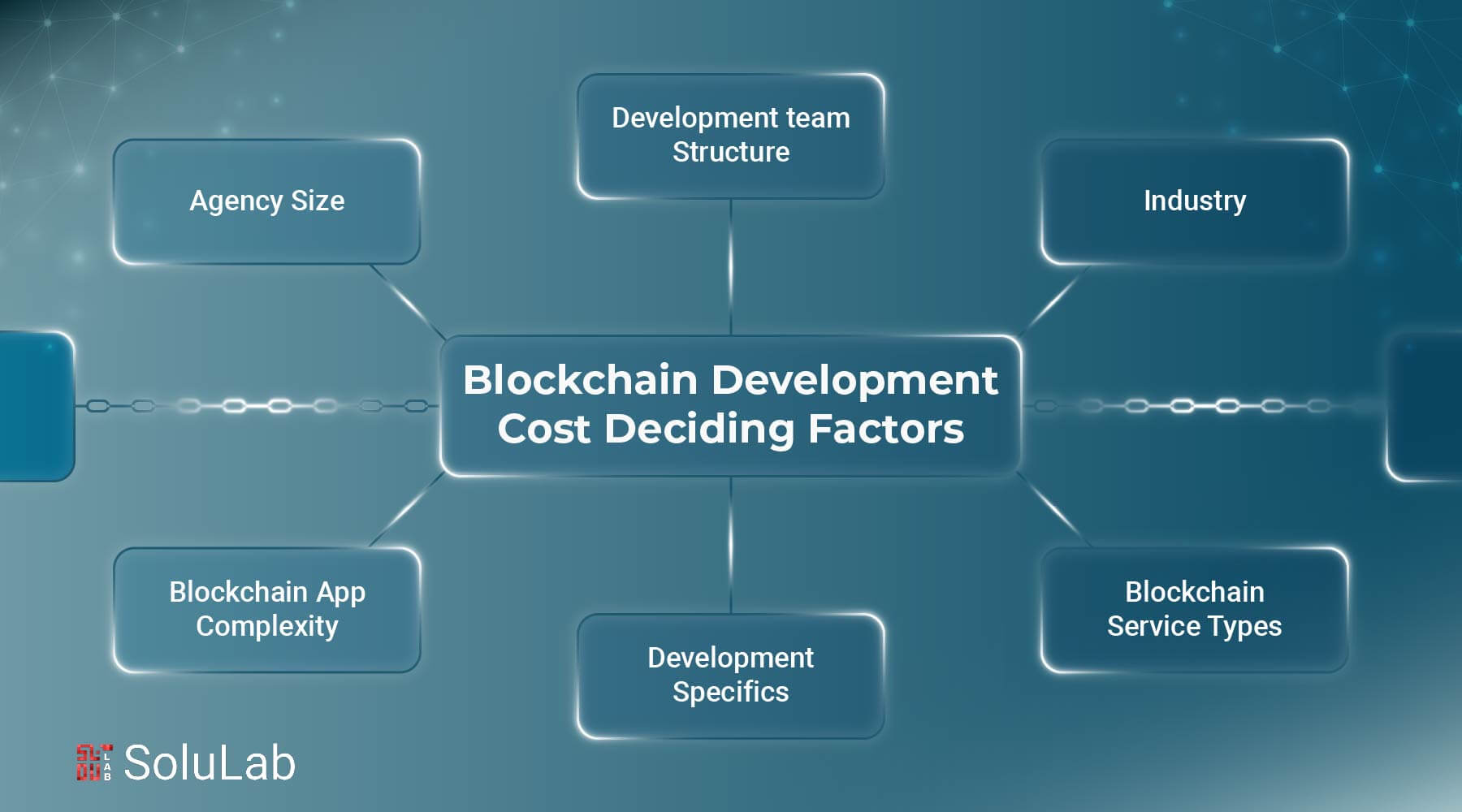
End-to-End Cost Efficiency: By abstracting technical complexities, no-code RaaS platforms reduce both development time and operational expenses, allowing teams to focus on building and scaling applications efficiently.
-
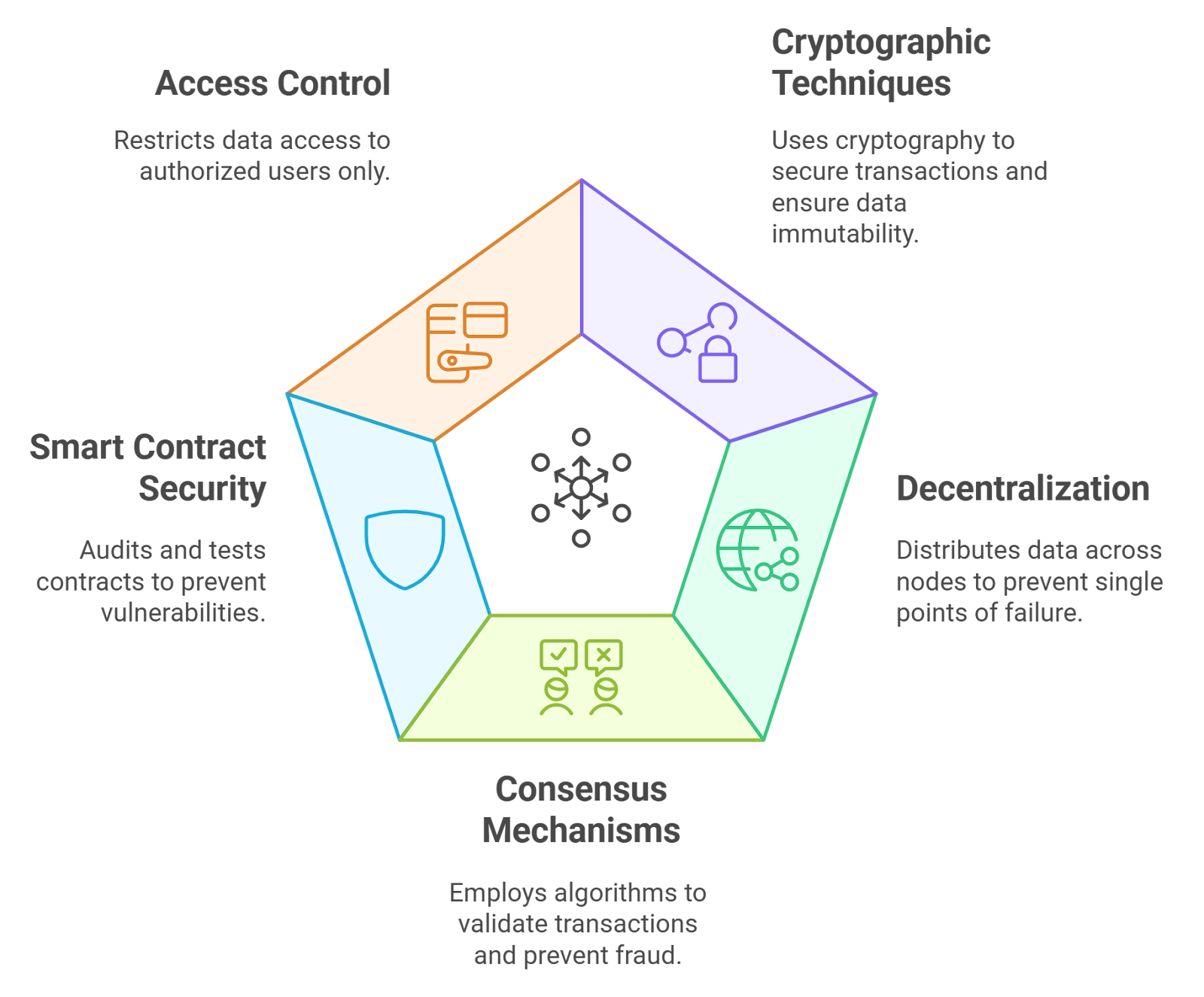
Enterprise-Grade Security and SLAs: Providers like Zeeve offer enterprise-grade security measures and service-level agreements, ensuring reliability and protection for mission-critical deployments.
The advantages of deploying rollups without coding extend far beyond convenience:
- Simplified Deployment: Projects can go from concept to mainnet-ready rollup in under an hour, eliminating weeks or months of development time.
- Customization and Flexibility: Platforms like Gateway. fm’s Presto support multiple leading frameworks (Polygon CDK, zkSync, Arbitrum), letting developers fine-tune their app-chain stack for performance or compliance needs.
- Integrated Infrastructure: Built-in sequencers, verifiers, monitoring tools, and cross-chain bridges ensure that new rollups are enterprise-ready out-of-the-box.
- Cost Efficiency: By abstracting away infrastructure management and offering pay-as-you-go pricing models, RaaS providers help teams focus budgets on product development rather than DevOps overhead.
The Expanding No-Code RaaS Ecosystem
The rapid evolution of no-code blockchain infrastructure has spurred competition among top providers. Platforms like Asphere (in partnership with the Web3 Foundation), Instanodes (supporting both zk-Rollups and Optimistic Rollups), Caldera (emphasizing user experience), and Gateway. fm are pushing boundaries by supporting new stacks and interoperability features. These offerings are not just about launching chains, they’re about creating robust ecosystems where app-chains can interact seamlessly with Ethereum, Polygon, Binance Smart Chain, and more.
The result? A vibrant marketplace where deploying rollups without coding is not only possible but rapidly becoming best practice for projects prioritizing speed-to-market and scalability. With enterprise-grade SLAs now standard among leading platforms (such as Zeeve), even mission-critical applications can confidently leverage abstract rollup technology for their next phase of growth.
Security, uptime, and seamless integration are now baseline expectations for custom blockchain app-chains. Providers like Zeeve and Blockchain App Factory have responded by offering advanced features such as cross-chain bridges, real-time analytics dashboards, and automated compliance modules. These enhancements are critical for projects aiming to operate efficiently across multiple layer-1 and layer-2 networks, driving both user adoption and developer confidence.
From a risk management perspective, the shift toward no-code RaaS platforms also brings greater transparency and predictability to deployment cycles. With pre-audited templates and standardized monitoring tools, teams can reduce their exposure to common vulnerabilities while accelerating their go-to-market strategies. This is particularly relevant as regulatory scrutiny increases in 2025; having robust audit trails and modular compliance options directly embedded into the deployment process is now a competitive advantage.
Real-World Impact: Accelerating Innovation Across Industries
The implications of these advancements extend well beyond crypto-native startups. Enterprises in finance, supply chain, gaming, digital identity, and even healthcare are leveraging no-code rollup deployment to build domain-specific blockchains without diverting resources from core business functions. For example, financial service providers can rapidly launch private rollups with custom transaction logic or privacy features tailored to regulatory requirements.
Furthermore, the ability to iterate quickly means that new features or protocol upgrades can be tested and deployed with minimal disruption. This agility is crucial in today’s fast-moving blockchain environment where time-to-market often determines project viability. As more verticals embrace abstract rollup technology through no-code solutions, the lines between traditional SaaS development and decentralized infrastructure continue to blur.
What’s Next for No-Code Blockchain Infrastructure?
Looking ahead, we expect continued competition among RaaS providers will drive further innovation in user experience, interoperability standards, and developer tooling. The emergence of AI-driven configuration assistants, enhanced analytics for chain performance optimization, and deeper integrations with on-chain data marketplaces are all on the horizon.
Predicted Next-Wave Features for No-Code RaaS Platforms
-
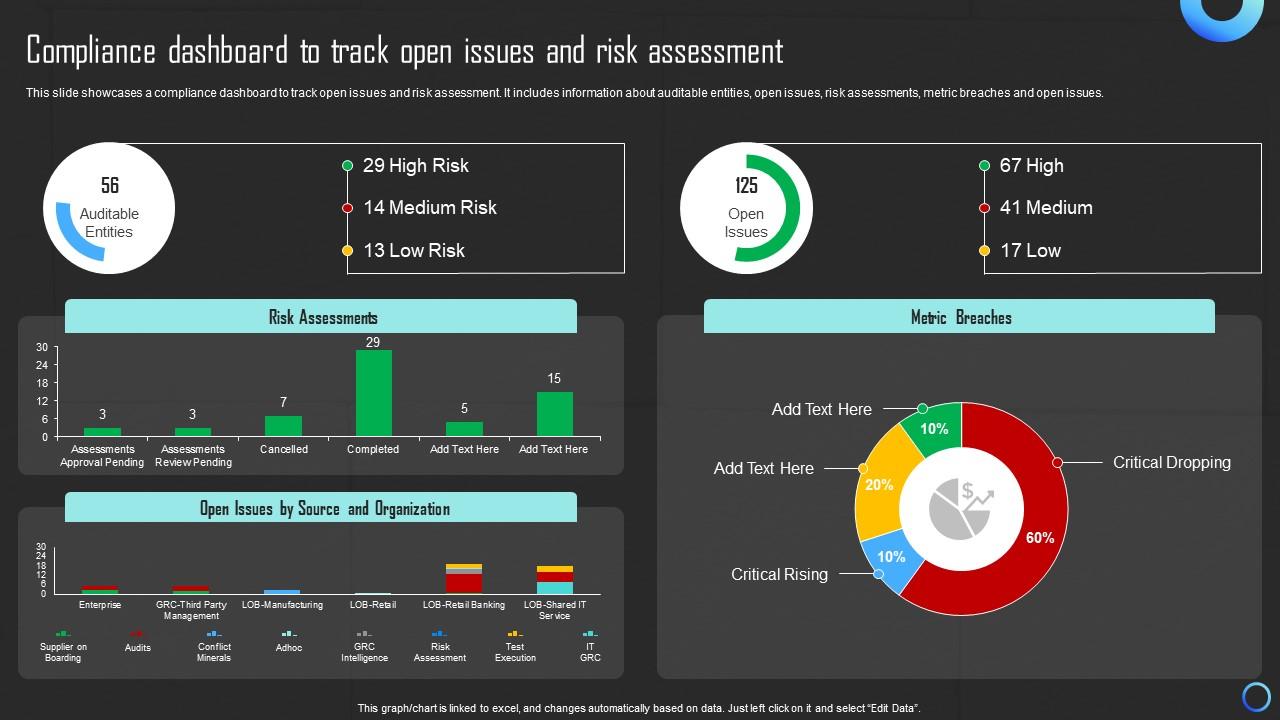
Automated Compliance Modules: Expect platforms like Asphere and Instanodes to introduce built-in regulatory compliance tools. These modules will automate KYC/AML checks, regional restrictions, and reporting, streamlining legal adherence for app-chain deployments.
-
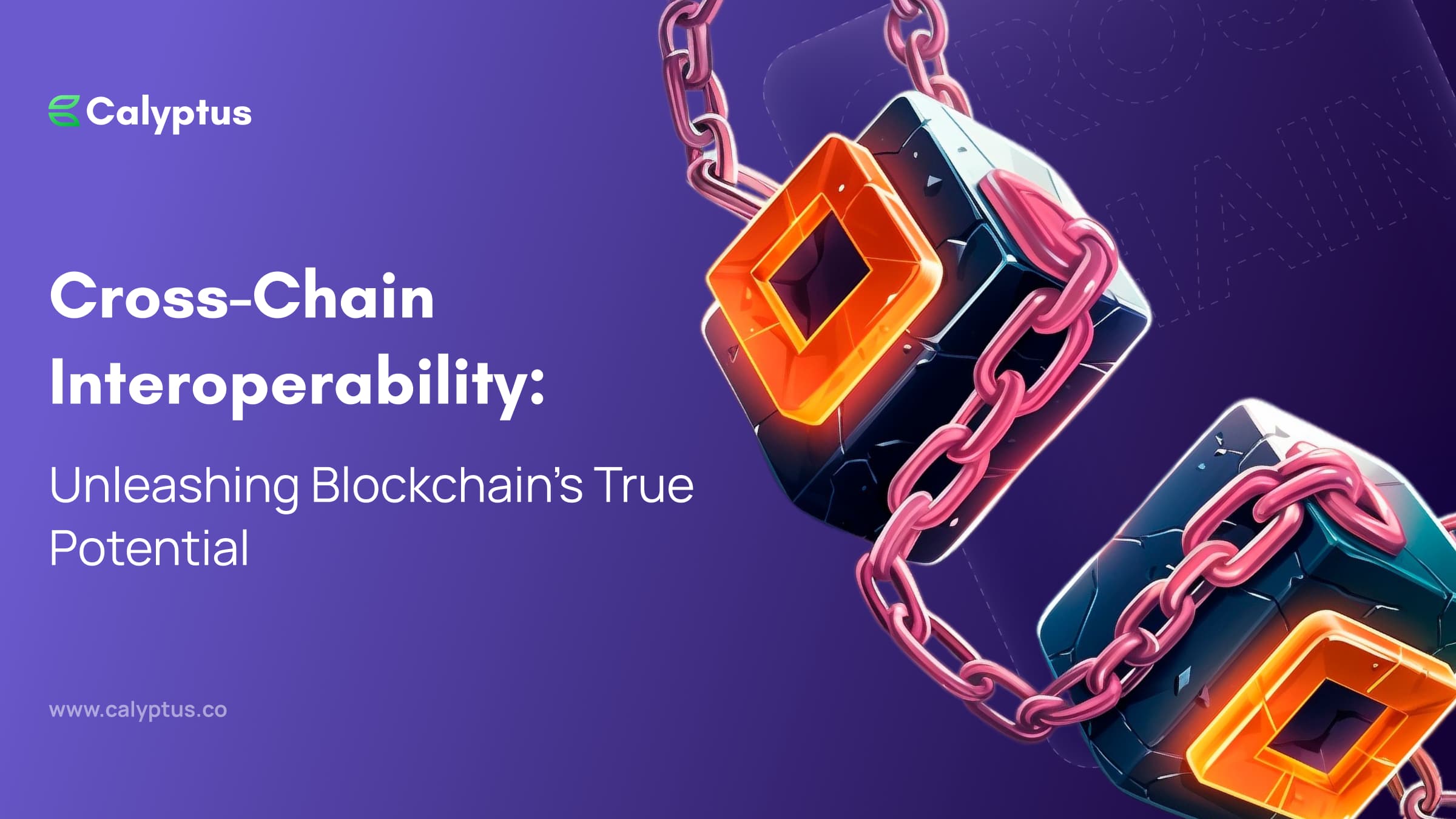
One-Click Cross-Chain Interoperability: Platforms are likely to add seamless integration with major Layer 1 and Layer 2 blockchains (e.g., Ethereum, Polygon, Binance Smart Chain), enabling app-chains to interact and transfer assets across networks with minimal configuration.
-
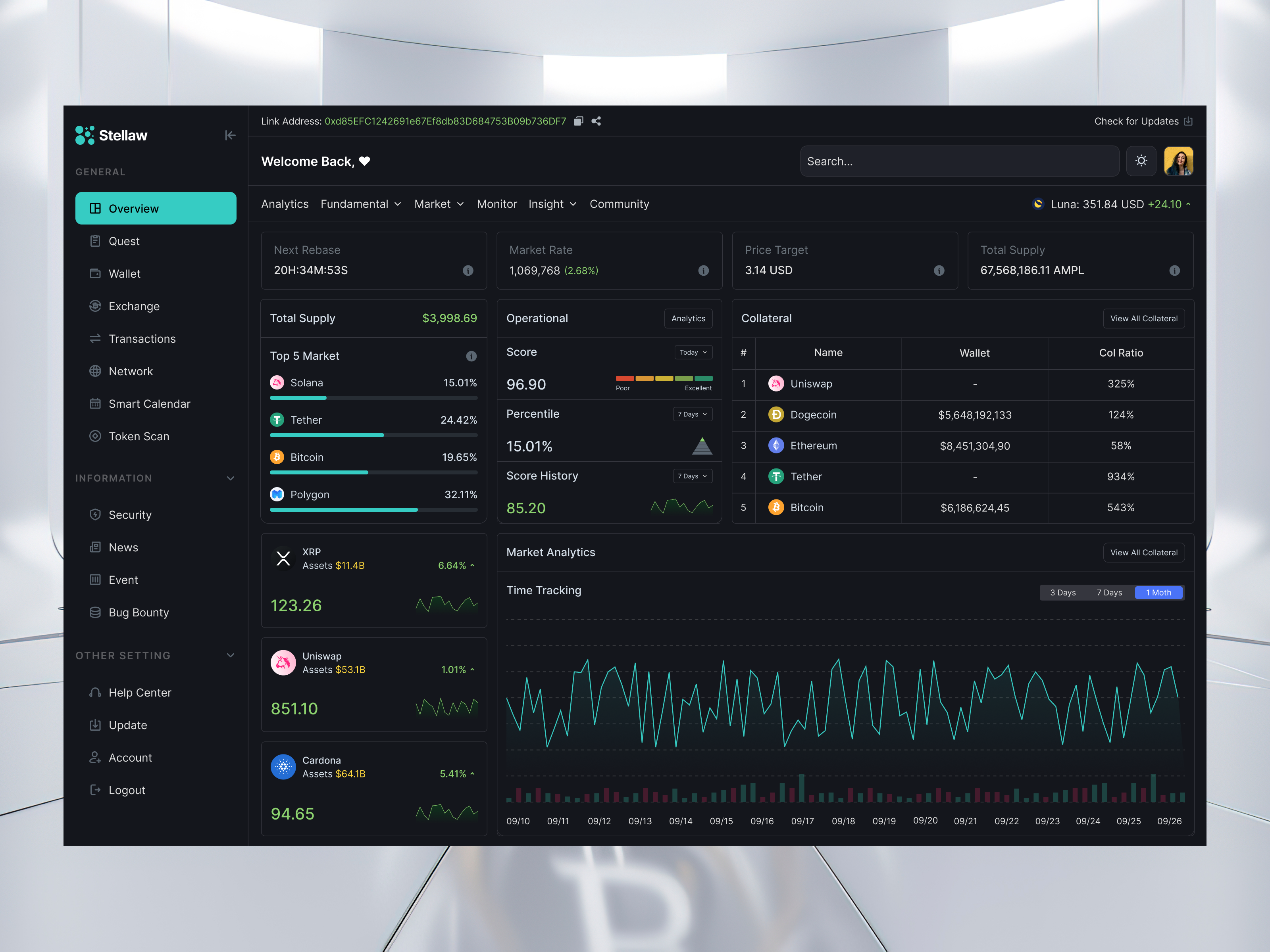
Advanced Analytics and Real-Time Monitoring: Enhanced dashboards will provide granular insights into transaction throughput, gas usage, and security events. Providers such as Gateway.fm’s Presto are expected to expand real-time monitoring and alerting for operational transparency.
-
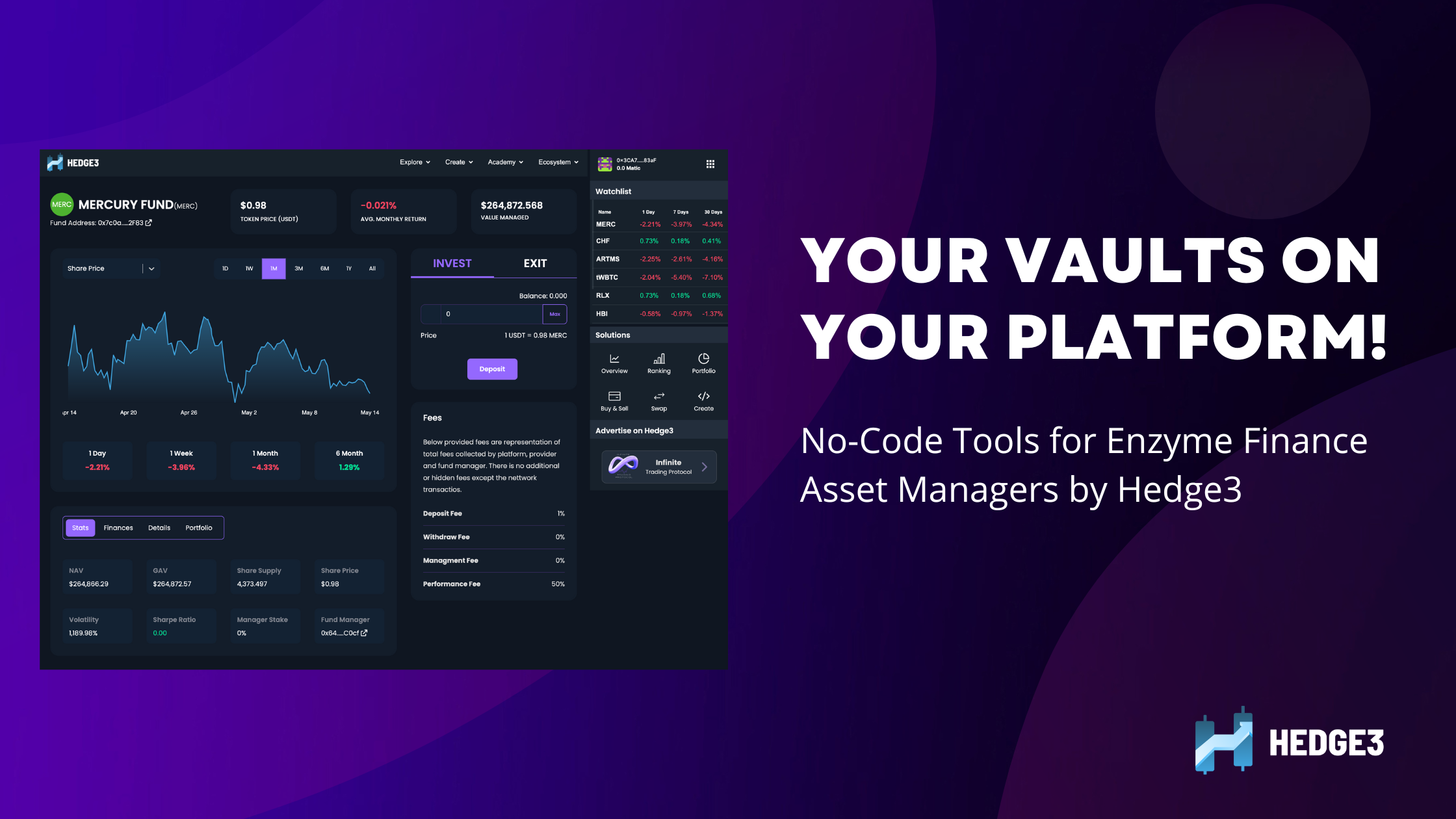
Plug-and-Play DeFi and NFT Modules: No-code RaaS platforms will likely offer pre-built templates for launching DeFi protocols, NFT marketplaces, and other dApps, reducing time-to-market for new projects.
-
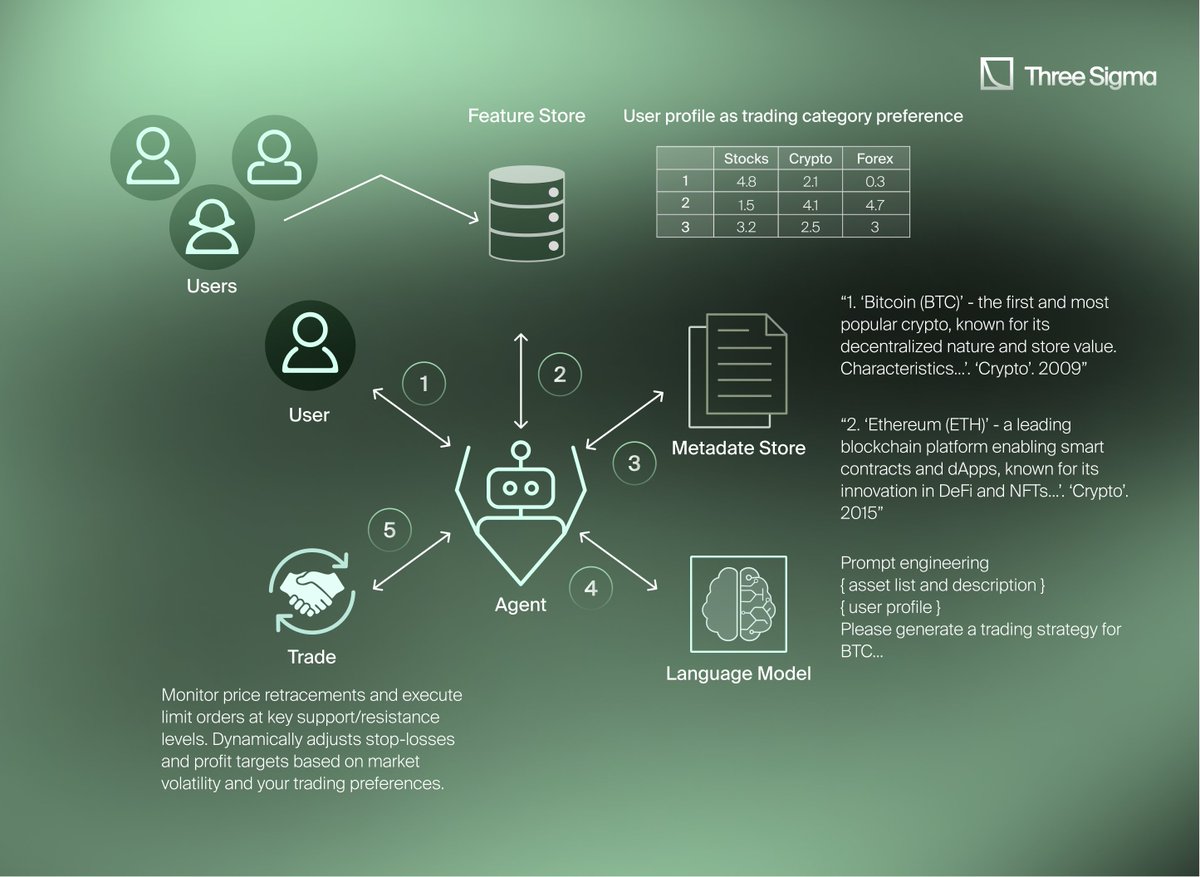
AI-Assisted Rollup Configuration: The integration of AI-driven assistants will help users optimize rollup parameters—such as data availability, consensus, and fee structures—based on project goals and network conditions.
-
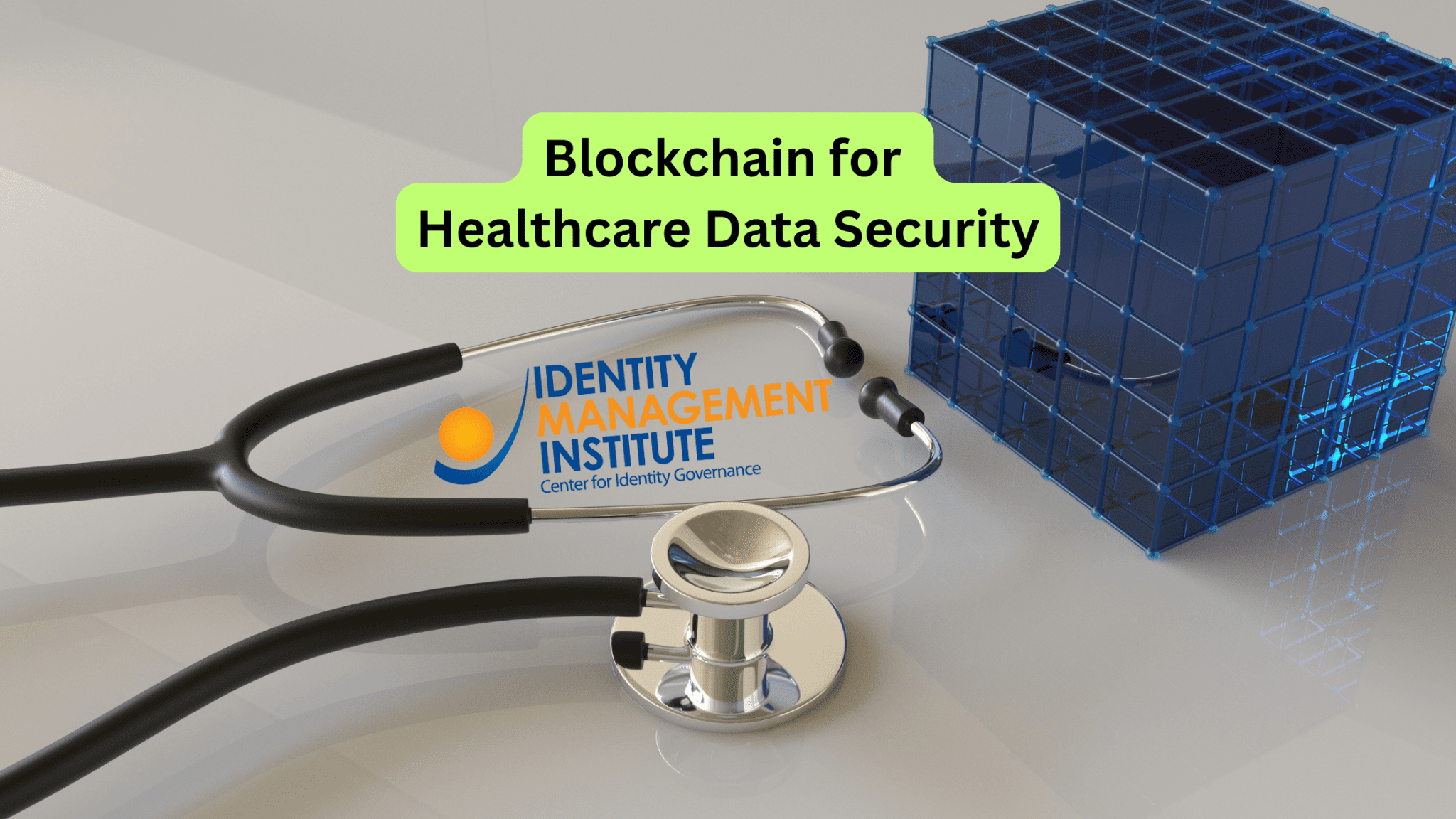
Enhanced Security Automation: Expect automated vulnerability scanning, threat detection, and incident response tools to be embedded directly into deployment workflows, ensuring robust protection for new rollups.
For developers evaluating their options in 2025, the calculus has shifted decisively: building a secure, scalable app-chain no longer requires deep protocol expertise or months of engineering effort. Instead it’s about selecting the right platform partner, one that aligns with your technical requirements and business goals, and leveraging their robust ecosystem of templates and integrations.
As no-code rollup-as-a-service continues its rapid evolution, it’s clear that deploying custom blockchains is becoming as accessible as launching a modern web application. For those ready to accelerate innovation without sacrificing security or scalability, now is the time to explore this new frontier of blockchain infrastructure.
